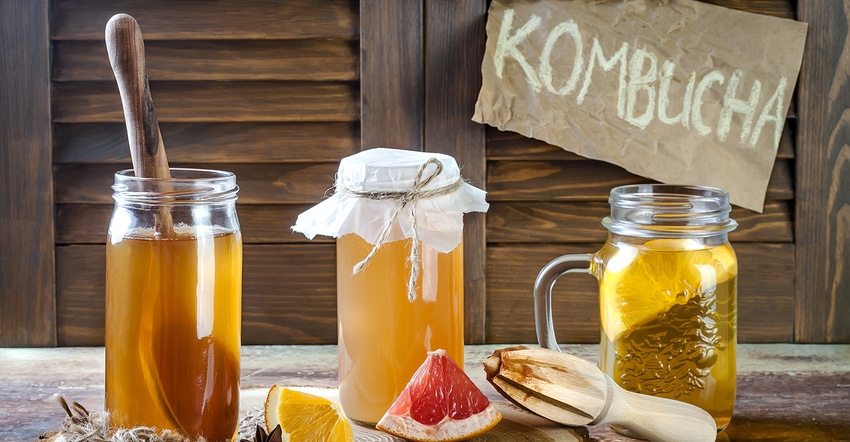Energy and sports drinks are among the fastest-growing categories of the beverage market, seen as functional products with novel ingredients and healthier-positioned alternatives.

Beverages with benefits are in vogue as consumers turn away from carbonated soft drinks (CSDs) in favor of healthier options. Whether providing sparkling refreshment, plant-based protein, energy or botanicals, brands are challenged to develop innovative products with natural ingredients. Yet it’s not as simple as cutting sugar and adding milligrams of an herbal extract. Besides sweetness, sugar provides functionality. Natural ingredients often bring off-notes that must be addressed by use of masking flavors. And don’t forget the product must be visually appealing as well as shelf stable.
Fortunately, developers can find the tools they need to get the job done. The range of functional, clean label solutions is as vast as the market opportunity.
According to a proprietary 2018 Innova Market Insights survey, 3% of U.S. consumers said they’ve decreased their consumption of CSDs over the past year. “Carbonates are clearly the beverage category most affected by health concerns,” said Tom Vierhile, vice president of Strategic Insights North America, Innova Market Insights. “Of consumers who say they have decreased their consumption of carbonated beverages, 70% say it is because these drinks are unhealthy. That said, innovation in carbonates is strong as drink makers introduce products positioned as more healthful than traditional carbonated soft drinks and incumbents in the category move to defend their turf with flavor innovation.”
Of the top five fastest-growing beverage categories tracked by Innova in the 12 months ending June 30, 2019, two are intrinsically functional—energy drinks (up 63.2% compared to the 12-month period ending June 30, 2018) and ready-to-drink (RTD) sports drinks (up 33.3%).
According to 2019 data estimates from Nutrition Business Journal (NBJ), sales of functional beverages will increase to $62 billion by 2022, up from roughly $46 billion in 2018. Of that total, the soda, water & sports/energy drinks sector accounted for the lion’s share of 2018 sales ($31 billion), followed by canned & bottled juice/RTDs ($7 billion). Interestingly, the frozen juice category has seen a consistent drop in sales over the period, which could present opportunities for innovative functional juices in the frozen aisle.
Sweetening solutions
People love the taste of sugar, but as consumers turn their attention to health, they are cutting back and seeking out natural solutions. In functional beverages, sugar plays a larger role than adding sweetness. Joe Farinella, vice president of product development, Imbibe, calls sugar the world’s best masking flavor. “Adding a little bit of sweetness helps round out off-notes from botanicals, vitamins, minerals and plant-based proteins,” he said.
When developing a reduced sugar or sugar free beverage, a 1:1 sugar replacement is virtually impossible so a sweetening system of two or more sweeteners is necessary to bring balance and contribute notes lacking in the other.
Removing or reducing a multifunctional ingredient like sugar brings new challenges to the mix. The developer might achieve the desired sweetness using high intensity natural sweeteners but may find the mouthfeel is lacking. Bulk and density can be replaced using a texturant system. Pectin is a popular choice. Recognizable and familiar to consumers, it replaces the body, texture and mouthfeel of sugar, allowing formulators to replicate sugar’s feeling on the tongue.
This article is an excerpt from INSIDER’s “Functional beverages driving global beverage innovation – deep dive.” Click the link to read the complete piece, with more information on fiber, ingredients for immune health and energy, dairy and plant proteins, botanicals, CBD, formulation and more.
About the Author(s)
You May Also Like






.png?width=800&auto=webp&quality=80&disable=upscale)